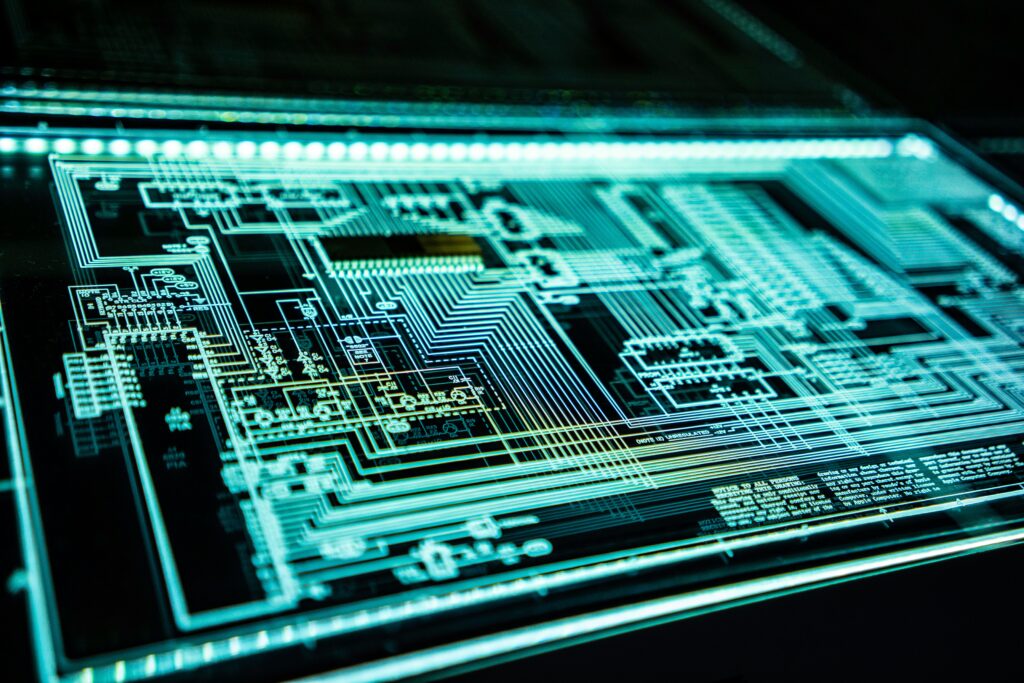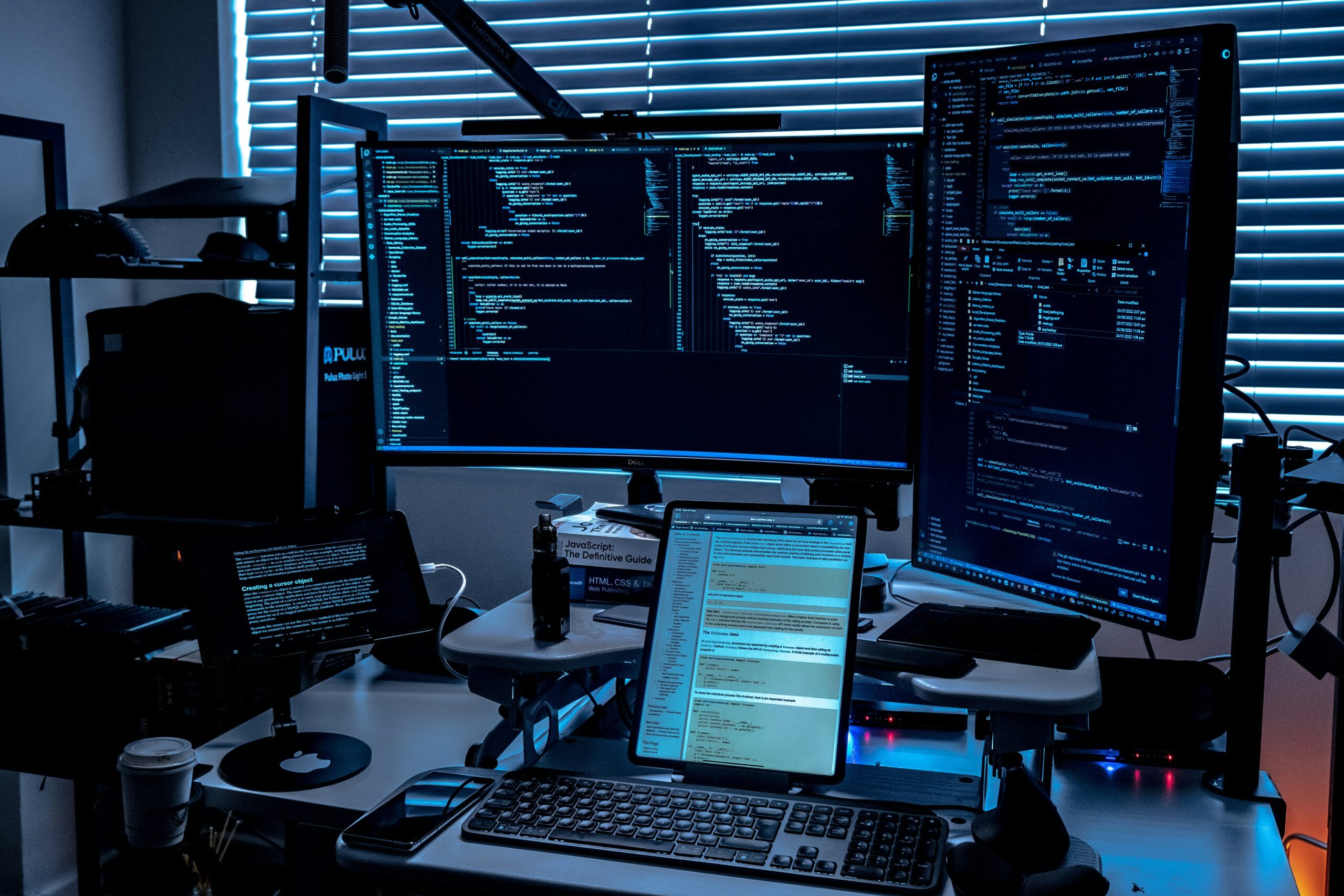Introduction
Cybersecurity is a battlefield in 2025, with AI-powered attacks keeping defenders on their toes. From deepfake scams to ransomware-as-a-service, threats are smarter and faster. But so are the solutions—AI’s also bolstering defenses. Let’s break down the cybersecurity landscape, why it’s critical, and how to stay safe in this high-stakes game.
The Rise of AI-Driven Cyber Threats
AI’s a double-edged sword. Hackers are using it to craft hyper-realistic phishing emails—last week, I got one that mimicked my bank perfectly. Deepfakes are scarier; they’re fooling even savvy users in video calls. Ransomware’s evolved too, with AI automating attacks to target weak spots. In 2025, over 50% of cyberattacks involve AI, per CrowdStrike’s latest report.

Next-Gen Cybersecurity Solutions
Good news: AI’s fighting back. Machine learning spots anomalies in real-time—think Palo Alto Networks catching malware before it spreads. Zero-trust architecture, where no user or device is automatically trusted, is standard now. I’ve been testing multi-factor authentication (MFA) with biometrics, and it’s a game-changer. Quantum-resistant encryption is also rising to counter quantum computing’s threat to current systems.
The Role of Human Vigilance
Tech alone won’t cut it. Human error causes 90% of breaches—clicking shady links, weak passwords, you name it. Training’s key; my team does monthly phishing simulations, and it’s slashed our slip-ups. In 2025, cybersecurity culture is as vital as software. Stay skeptical, verify everything, and never reuse passwords (use a manager like 1Password).
Regulatory and Ethical Shifts
Governments are stepping up. The EU’s Cyber Resilience Act, effective 2025, mandates stricter security for IoT devices. But regulations lag behind AI’s pace—deepfake laws are patchy at best. Ethically, we’re grappling with AI’s dual use: same tech that protects can harm. Companies must prioritize transparency, like disclosing AI use in security tools.

Protecting Yourself in 2025
Individuals, start with basics: update software, use MFA, and avoid public Wi-Fi without a VPN. Businesses, invest in AI-driven threat detection and regular audits—CrowdStrike or FireEye are solid picks. I back up my data weekly to an external drive; it’s saved me from ransomware scares. Pro tip: follow cybersecurity blogs on X for real-time threat alerts.
The Broader Impact of Cybersecurity
Cybersecurity isn’t just about you—it’s global. A single breach can disrupt supply chains or elections. In 2025, cyber warfare’s a real threat, with nation-states targeting critical infrastructure. But strong defenses create trust, fueling digital economies. By prioritizing security, we’re building a safer, more connected world.
Conclusion
Cybersecurity in 2025 is a high-stakes race between AI-powered threats and defenses. Stay proactive—update your tools, train your team, and keep learning. Whether you’re locking down your phone or your company’s network, every step counts.
